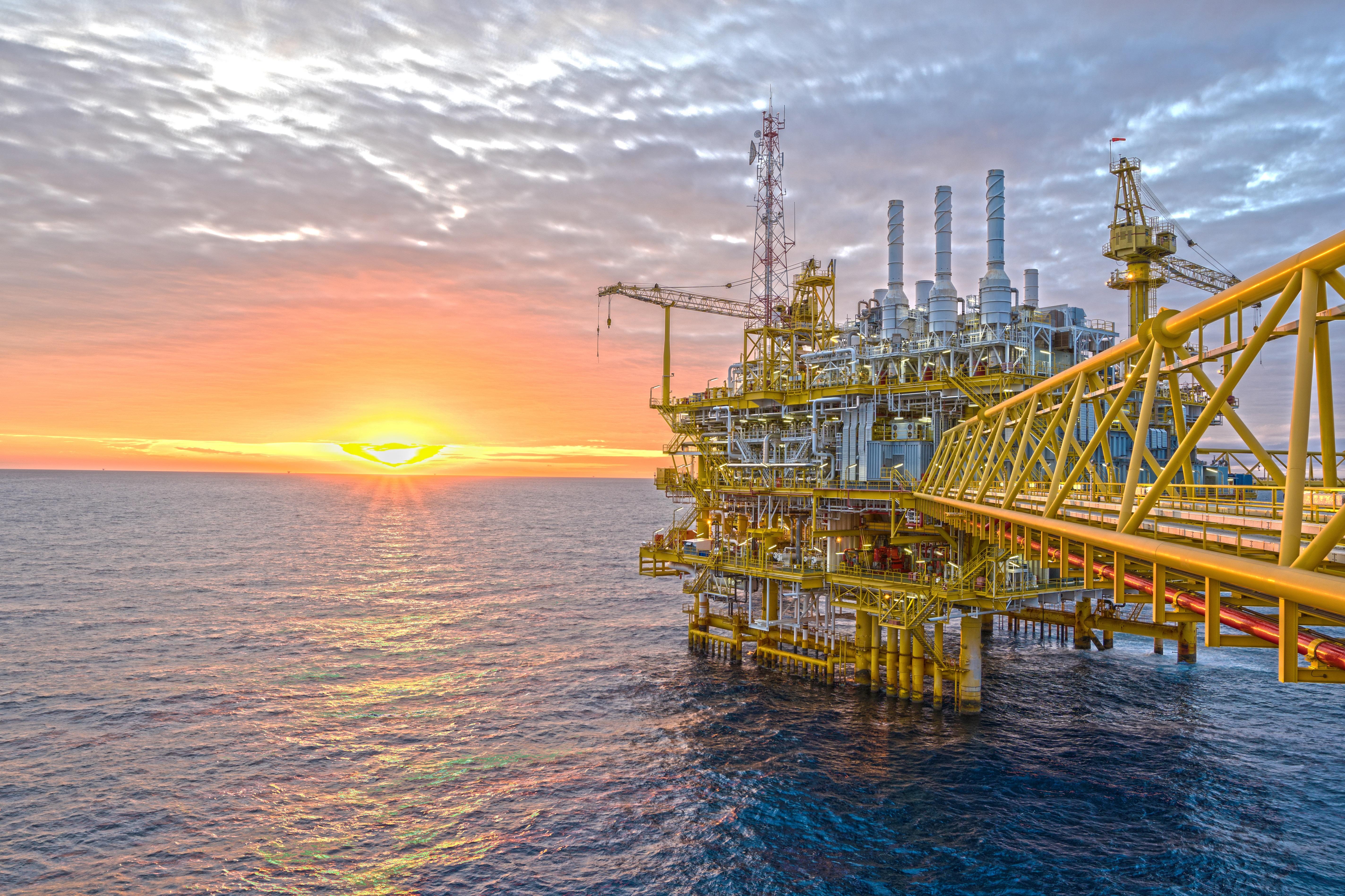ExxonMobil or Chevron: Which Is the Better Buy?
ExxonMobil and Chevron slumped 7.9% and 4.9%, respectively, in August. The stocks took a beating due to weaker markets and tumbling crude oil prices.
Sept. 2 2019, Published 9:59 a.m. ET

ExxonMobil (XOM) and Chevron (CVX) stocks slumped 7.9% and 4.9%, respectively, in August. The stocks took a beating due to weaker markets and tumbling crude oil prices. Both stocks represent leading US integrated energy companies. Let’s discuss which is a better buy at these levels.
ExxonMobil or Chevron: Which has stronger financials?
In the second quarter, ExxonMobil had the second-best debt in its capital structure. The company’s total debt-to-total capital ratio stood at 18.5% in the period. However, Chevron had the lowest debt in its capital structure in the industry. Its total debt-to-capital ratio stood at 16.4% in the quarter. Lower debt on a company’s balance sheet means it has more power to face tough business conditions.
Further, due to a decline in oil prices and weaker refining conditions in the first half of the year, ExxonMobil saw a decrease in operating cash flows. ExxonMobil’s cash flow from operations of $14.3 billion fell short of covering its combined capex and dividend outflows of $11.4 billion and $7.2 billion, respectively, in the first half of 2019. Thus, ExxonMobil’s cash flow from operations was 30% short of covering its combined capex and dividend outflows.
In comparison, Chevron saw higher operating cash flows as its higher upstream volumes offset the impact of weaker business conditions. Chevron’s cash flow from operations rose from $11.9 billion in the first half of 2018 to $13.9 billion in the first half of 2019. The company’s operating cash flows were also sufficient to cover its combined capex and dividends of $6.5 billion and $4.5 billion, respectively. Thus, Chevron’s cash flow from operations was 20% higher than its combined capex and dividend outflows.
Our comparison of ExxonMobil’s and Chevron’s debt and liquidity shows us that Chevron is financially stronger than ExxonMobil. Chevron has a lower total debt-to-total capital ratio and surplus operating cash flows.
ExxonMobil’s and Chevron’s upstream portfolios
ExxonMobil expects its vast upstream asset base to drive its long-term growth. In the second quarter, ExxonMobil increased its estimated gross recoverable resources in the Stabroek block offshore Guyana to more than 6 billion barrels of oil equivalent. It’s also on track to achieve first oil from Liza Phase 1 of the block by the first quarter of 2020. ExxonMobil expects Liza Phase 2 to begin in mid-2022.
ExxonMobil expects its key projects to be operational by 2025, which will add ~50% to its upstream earnings. ExxonMobil’s hydrocarbon production rose 7% YoY to 3.91 million barrels of oil equivalent per day in the second quarter. The rise was due to growth in liquids volumes in the Permian.
Chevron expects its upstream production to rise 4%–7% in 2019. Its production has increased due to higher output at megaprojects such as Hebron, Wheatstone, and Big Foot. Hydrocarbon output at the Permian Basin rose about 56% YoY in the second quarter. Chevron’s production grew 9% YoY to 3.08 million barrels of oil equivalent per day in the quarter.
XOM’s and CVX’s growth estimates
Wall Street analysts expect ExxonMobil’s and Chevon’s earnings to fall 30% and 10%, respectively, in 2019. Analysts expect their earnings to fall due to lower oil price estimates for the year. However, as oil prices recover next year, their earnings are expected to rise. Analysts also expect better upstream volumes to support their earnings. In 2020, analysts expect ExxonMobil’s and Chevron’s earnings to rise 38% and 20%, respectively.
If we review analysts’ earnings growth expectations for 2019 and 2020, we can see that they expect Chevron’s earnings to rise 8%, while they expect ExxonMobil’s earnings to fall 3%.
ExxonMobil’s and Chevron’s valuations and dividend yields
ExxonMobil stock is trading at a forward PE of 16.0x, the highest among its peers. Chevron’s forward PE stands at 14.9x, a bit lower than ExxonMobil’s.
An analysis of ExxonMobil’s and Chevron’s dividend yields shows ExxonMobil has a higher yield of 5.1%, whereas Chevron’s yield stands at 4.0%.
Conclusion
An analysis of ExxonMobil and Chevron shows that Chevron is a better buy due to its lower debt ratio, stronger liquidity position, and better earnings growth outlook.
Further, Chevron’s upstream portfolio is delivering record production compared to ExxonMobil’s portfolio, which is skewed toward long-term growth. Chevron also has a slightly lower valuation than ExxonMobil.
Maitali Ramkumar holds no position in either ExxonMobil or Chevron.
